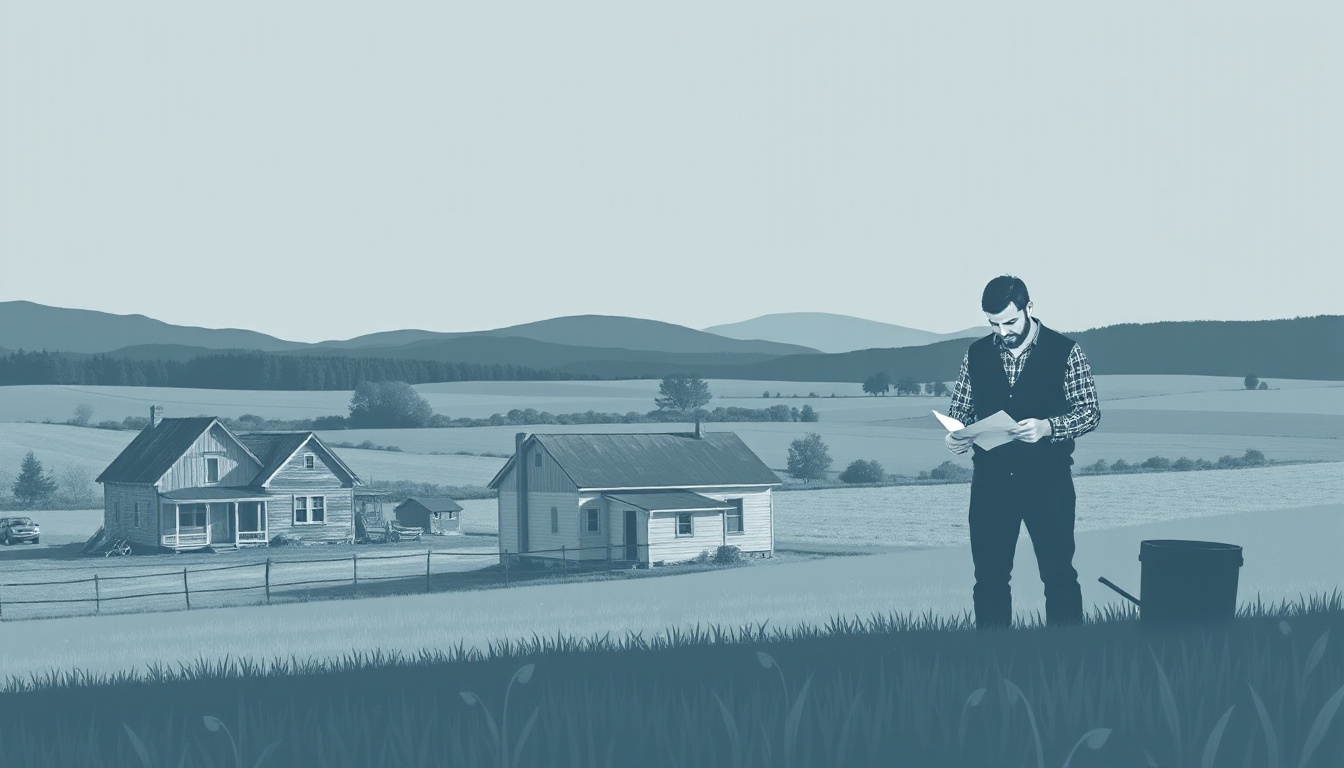In 2023, approximately 55% of households in rural Ontario report carrying some form of household debt, a significant indicator of the financial challenges faced in these communities. This high level of debt can create a cycle of economic stress, affecting everything from local businesses to overall quality of life. Factors such as lower average incomes, limited access to financial services, and higher costs of living contribute to the increasing debt levels in rural areas. Understanding these dynamics is crucial for addressing the financial health of rural households and finding effective strategies for debt management and relief.

Key Takeaways
- Rural Ontario faces unique challenges with household debt that differ from urban areas.
- Several factors, including lower incomes and limited access to services, contribute to high debt levels in rural communities.
- High household debt negatively impacts the economic stability and overall well-being of rural Ontario families.
- Implementing effective financial education programs can help residents manage and reduce their household debt.
- Community initiatives and support systems play a crucial role in alleviating the debt burden in rural areas.
Overview of Household Debt in Rural Ontario
In 2023, approximately 47% of households in Rural Ontario are reported to carry some form of household debt. This statistic highlights the financial pressures faced by families in these areas, especially as the cost of living continues to rise. According to the latest data from Statistics Canada, the average debt per household in rural regions of Ontario is approximately $130,000. Factors contributing to this high debt level include increased housing costs, lack of economic diversification, and reliance on traditional industries which may not be generating enough income to keep up with rising expenses. Understanding these dynamics is crucial for addressing financial literacy and debt relief options available to residents in Rural Ontario.
Factors Contributing to High Debt Levels
In 2023, approximately 43% of rural households in Ontario reported carrying debt, reflecting a significant financial challenge in these communities. This statistic highlights the pressing issue of rural Ontario household debt, which stems from various factors including rising living costs, limited access to economic opportunities, and an increasing reliance on credit. According to the latest data from Statistics Canada, rural areas often experience higher unemployment rates compared to urban centers, which exacerbates their financial strains. Furthermore, the lack of diverse job opportunities can lead to heightened dependency on borrowing to manage day-to-day expenses. As households navigate increasing expenses like housing, education, and healthcare, the trend of accumulating debt poses risks not just for individual families, but also for the broader economic health of rural Ontario.
‘The first step toward change is awareness. The second step is acceptance.’ – Nathaniel Branden

Impact of Household Debt on Rural Communities
In 2023, approximately 45% of households in rural Ontario carry some form of debt, significantly impacting local economies and community well-being. This statistic highlights the financial burdens faced by residents, particularly in regions where access to high-paying employment opportunities is limited. According to a report by the Canadian Mortgage and Housing Corporation (CMHC), rising debts in these areas can lead to increased stress levels and reduced consumer spending, which are detrimental to local businesses. With household debt levels rising nationally, especially in rural communities, understanding the implications of this trend is crucial for policymakers and stakeholders alike.
Strategies for Managing and Reducing Household Debt
Approximately 38% of households in Rural Ontario carry an average debt of $120,000 as of 2023, according to a report by the Canadian Mortgage and Housing Corporation (CMHC). This statistic highlights the financial pressure many families in these areas face, often due to the high cost of living and limited economic opportunities compared to urban centers. Managing and reducing household debt is critical for financial stability, and residents can adopt several strategies.
One effective approach is to create a realistic budget, tracking income and expenses to identify areas where spending can be cut back. Furthermore, consolidating debts into a single loan with a lower interest rate can ease payment burdens. Engaging with local credit counseling services may also provide valuable insights and personalized plans to tackle debt. It is essential for households to prioritize emergency savings to avoid accumulating more debt during unforeseen expenses.
